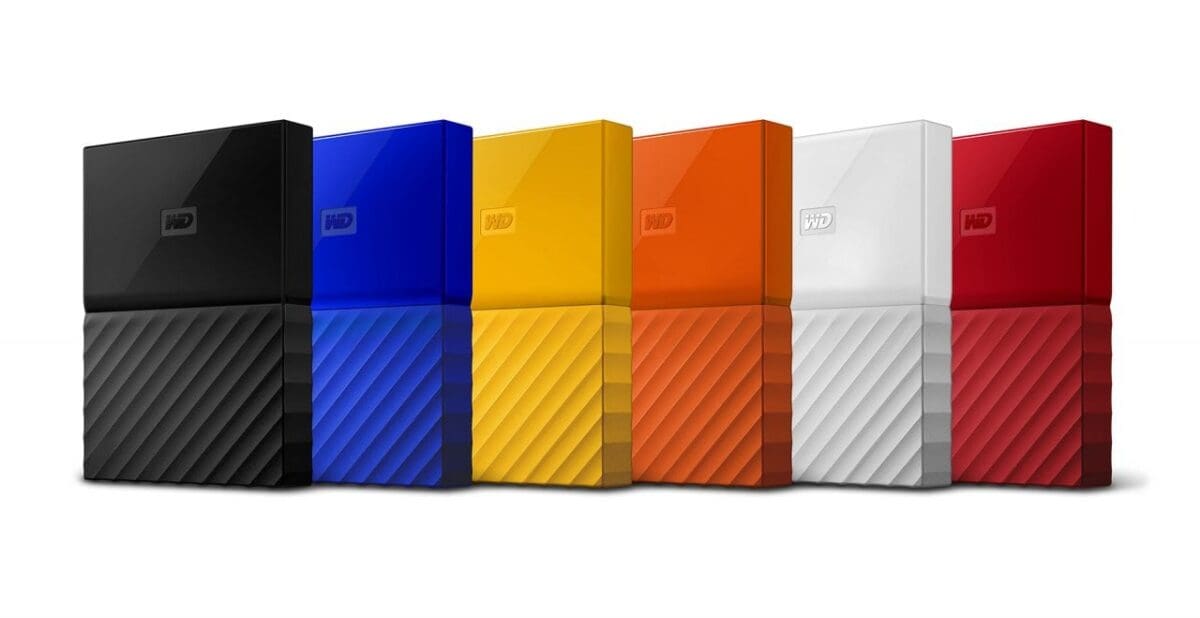From the cloud to innovative new external hard drives, there are plenty of photo storage options for photographers to choose from. But how much space do you really need for your archive? We run the numbers and show you how to tell…
It’s not just how much space you need now that you have to think about, but how much you might need in the future. Will your photo collection fit on your computer’s hard disk? Will you need to get a new computer? Will you have to use external disk drives to help you file your photos? Never fear – here’s our plan to working out how much photo storage space you need.
01 How many photos do you have right now?
Pardon us if you already know this, but many photographers – myself included! – don’t honestly know. Your search for photo storage should begin with a survey of the images you’ve taken to date that you wish to back up, which means getting them all together in one place.
Keep it simple. Create a new folder on your computer’s desktop and call it ‘My Photos’, or something memorable. Then copy all of your images into this folder and organise them into sub-folders. I like to do this by date, but you might also choose to organise by genre, location, people’s names, or any nomenclature that makes sense to you!
Once you’re done, navigate back to your desktop and right click on the folder to check its properties if you’re using a PC; or on a Mac hit command-I.
This is how much photo storage space you need already, before you take any more pictures.
02 How many megapixels does your camera have?
Camera resolution is increasing all the time. For instance, just a few years ago the popular entry-level Canon EOS 600D offered 18-megapixel resolution. Now, Nikon’s new entry-level D3400 offers 24-million-pixel resolution.
So the point is, you can’t based your photo storage needs on the pictures you’ve already taken. If you plan to upgrade your camera in even the near-future you’ll have to expect a jump in resolution and storage needs.
Of course, you can always set your camera to a lower quality setting to reduce the file size, but we’re photographers, eh! Why would you want to compromise on quality if you’ve spent so much money on a brilliant new camera?!
03 Do you shoot JPEGs or RAW files?
Digital SLRs, compact system cameras and premium compact cameras all enable youto shoot raw files as well as JPEGs.
Why shoot raw files? Raw files are basically digital negatives and retain more information from a scene than a JPEG, allowing you more flexibility in the editing stage and the potential for better quality images. However… they take up considerably more space.
With an entry-level DSLR you might find yourself with 25-30MB raw files, compared to 7MB JPEGs, meaning your files sizes are about four times larger if you shoot raw.
We’d always advise you to shoot raw files when possible, so if you want the best possible quality from your images you’ll need to take this into consideration.
04 How many photos do you take each year?
Of course every photographer is different, but we’d guess that most enthusiasts will shoot anywhere from 5,000-10,000 pictures a year.
If you’re on a family day out, you might shoot just 30 pictures in a day, but if you’re at a once-in-a-lifetime event you might shoot 300 or more in a day.
Few of us take pictures every day, or the same number each time. A good way to tell how much you shoot on average (and this is easier to calculate if you organise your images by date as we mentioned above) is to look back over a year’s worth of images and see how many images you’ve taken.
05 Do you edit your images?
A 24-megapixel image from your Nikon D3400 will produce a file in excess of 40MB.
And if you edit your images in Photoshop or one of the growing number of Photoshop alternatives, you’ll probably find that your images once you save them are larger than they were originally.
Add a few adjustment layers in your editing and you’re easily over 120MB.
So how much photo storage do you need?
- If you are a keen photographer who shoots 10,000 raw files a year and edit, say, 1 out of every 10 images you’re probably going to need 250,000MB of storage space for your new photos.
- You’ll also probably want to factor in around 120,000MB for ‘experiments’. So if we’re translating that into storage needs, that’s a rough total of 370GB that you’ll require from just one year’s worth of shooting.
- And let’s not forget the images already in your archive that you’ll need to store, as well.
- Even if we’re overestimating your photographic output here, you might find yourself shooting at this rate, or more, in the future as you gain confidence with your camera or start to experiment with new styles and techniques.
How to store photos
With ever-growing demands for photo storage space, gone are the days of keeping all your images simply on your computer’s hard drive. So what’s the answer? Delete more images? Avoid using image editing software?
External hard drives are a popular option. They’re small, fast and plug straight into your computer. And they’re getting cheaper all the time.
If you’re relatively new to photography you could get yourself a 1TB drive and likely fit all of your images to date and have a bit of room to grow with. And 1TB drives are falling in price as the demand for more space that’s driven by 4K-capable cameras continues to increase.
Cloud storage is another quick and simple option. There are loads of providers and they offer simple methods of categorising and sharing your images, if you wish.



